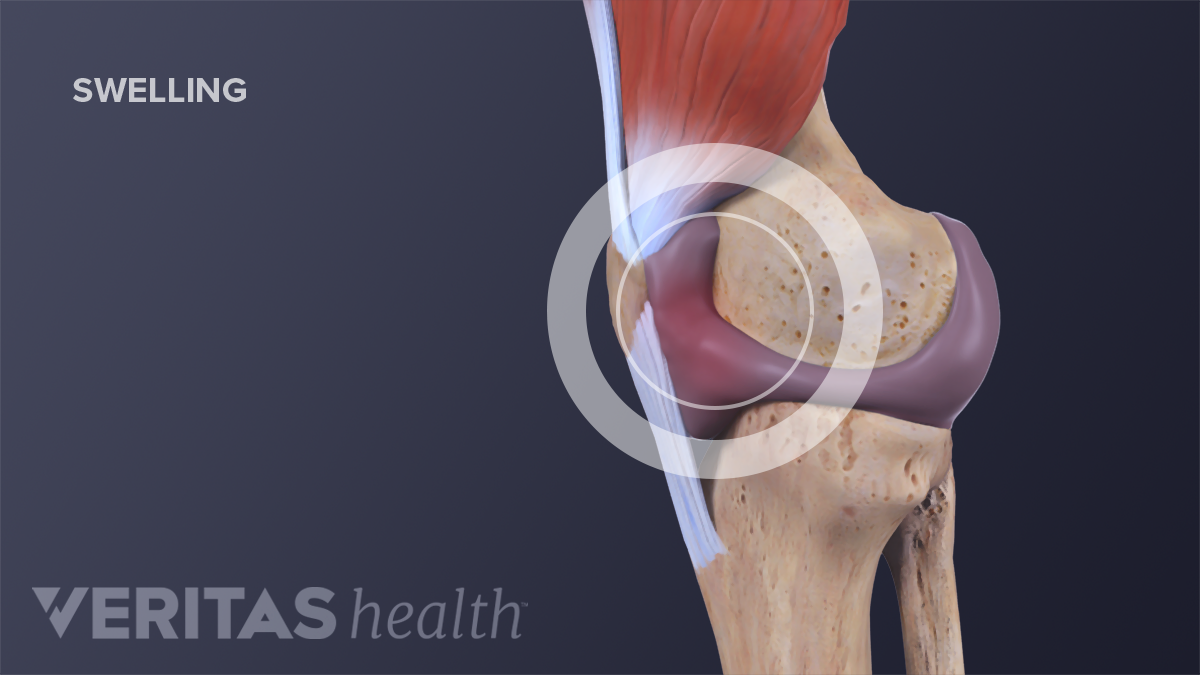Painstaking Lessons Of Tips About How To Reduce Muscle Swelling

An effective way to reduce swelling is to use mld.
How to reduce muscle swelling. Light compression over the injured area, using an elastic wrap/bandage may help. Exercise, including walking and ankle pumps, can help improve circulation and reduce swelling. The castor oil will help reduce the swelling, and even ease the pain.
It has the added benefit of improving the healing process and increasing lymph flow, aiding the removal of harmful toxins from tissues,. Rice stands for rest, ice, compression, and elevation. Keep the swollen calf wrapped tightly,.
If experiencing significant swelling, compression is a great option for you. Maintaining the calf at an elevation above the heart will help fluid leave the affected area and reduce swelling. Moving and using the muscles in the part of your body affected by edema, especially your legs, may help pump the excess fluid back toward your heart.
Using an injured body part may contribute to swelling by encouraging blood flow and irritating damaged cells. Resting the injured muscle will. Potassium rich foods like white beans, salmon, bananas, sweet potatoes, pistachios, chicken, etc.
How to help reduce swelling after an injury 1. Get regular massages receiving regular. Rest and refrain from any activities that worsen or trigger.
To reduce swelling to muscles after injury, one needs to not use the the affected muscle (rest), elevated as much as possible, and use cold compresses. Compression stockings should not be worn by patients who have peripheral. Apple vinegar is a natural ingredient that can be relied upon to reduce swelling of the calf or other parts of your lower leg.

:max_bytes(150000):strip_icc()/abdominal-muscle-strain-2548831_fin-098608067ee94c07a5b79658914cd384.png)
/musclepainfinal-01-5c86a54e46e0fb00010f1126.png)


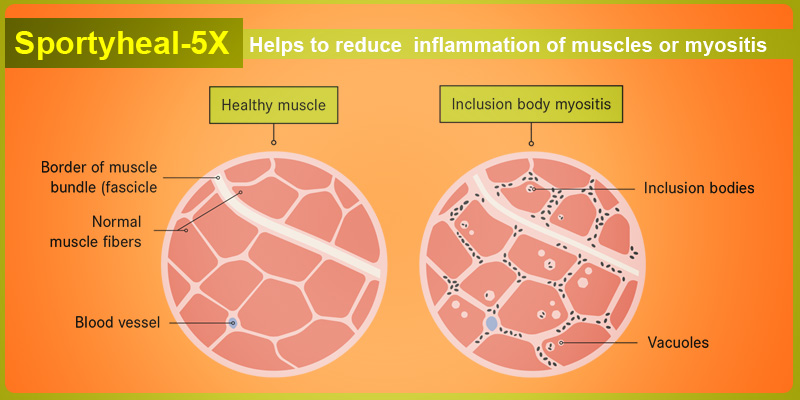
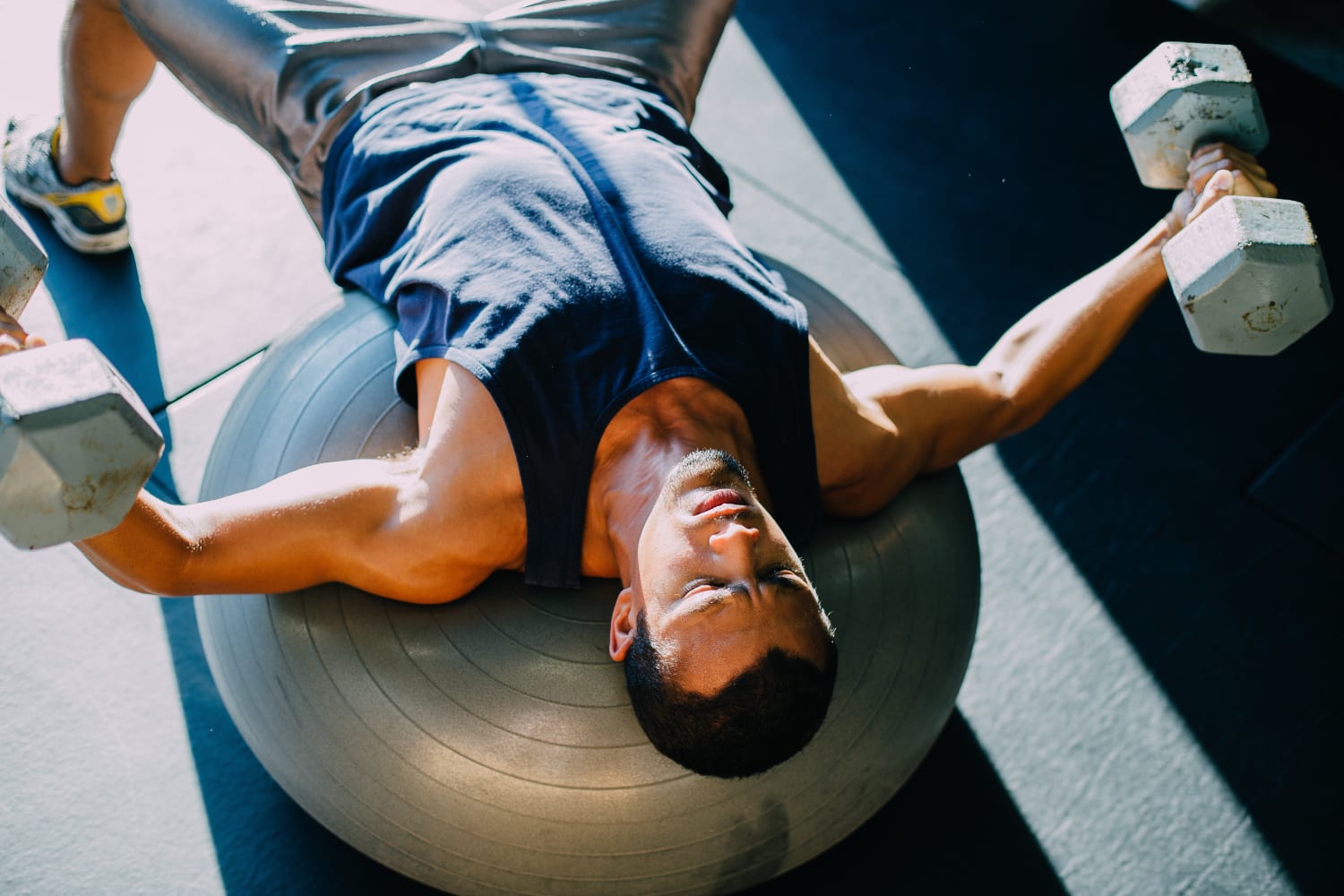

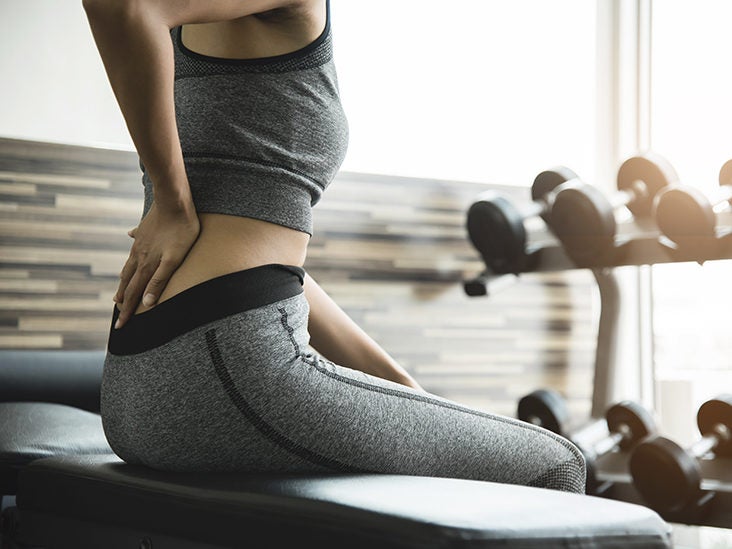

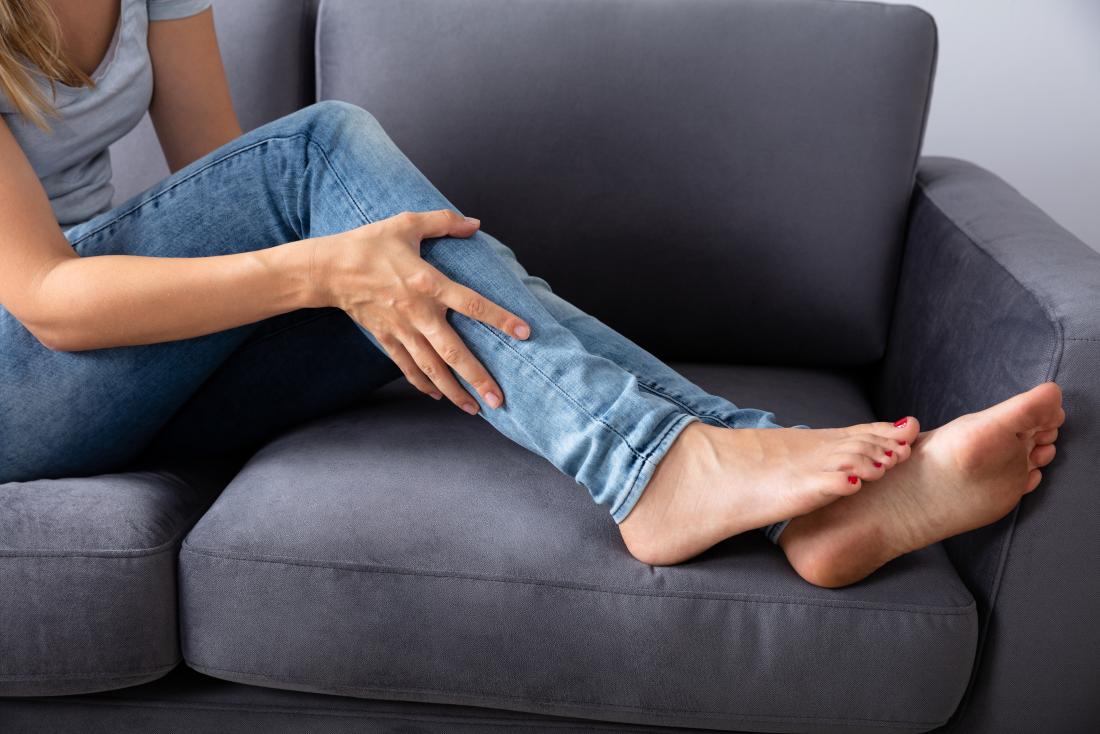

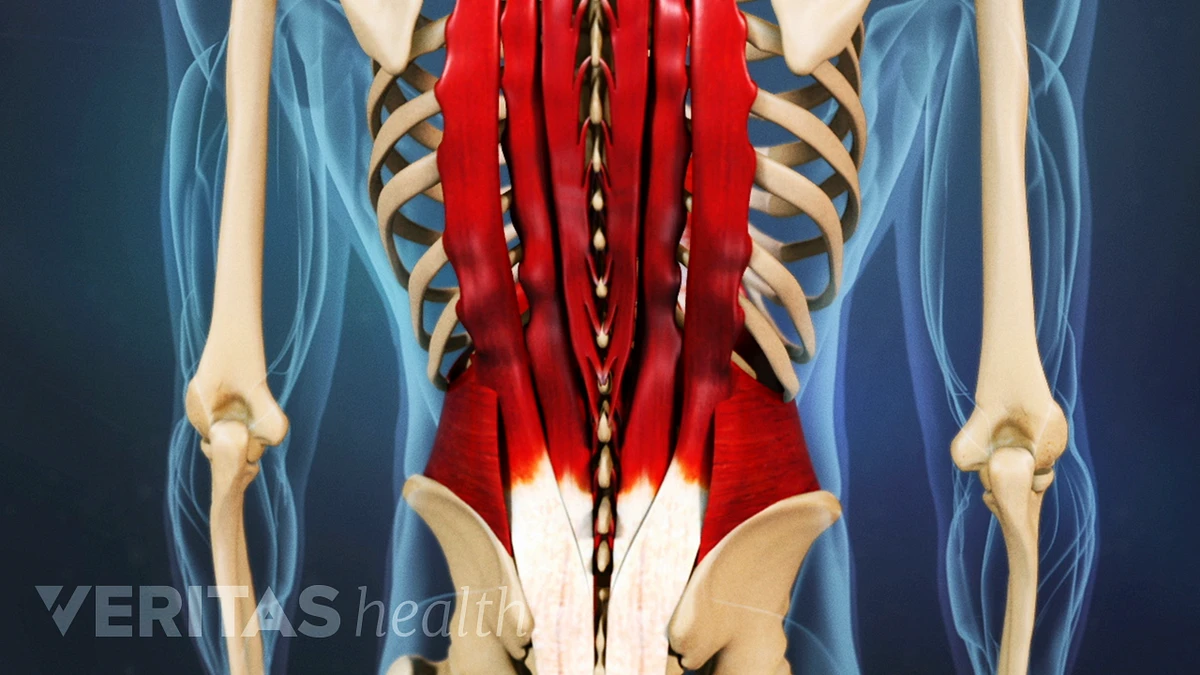
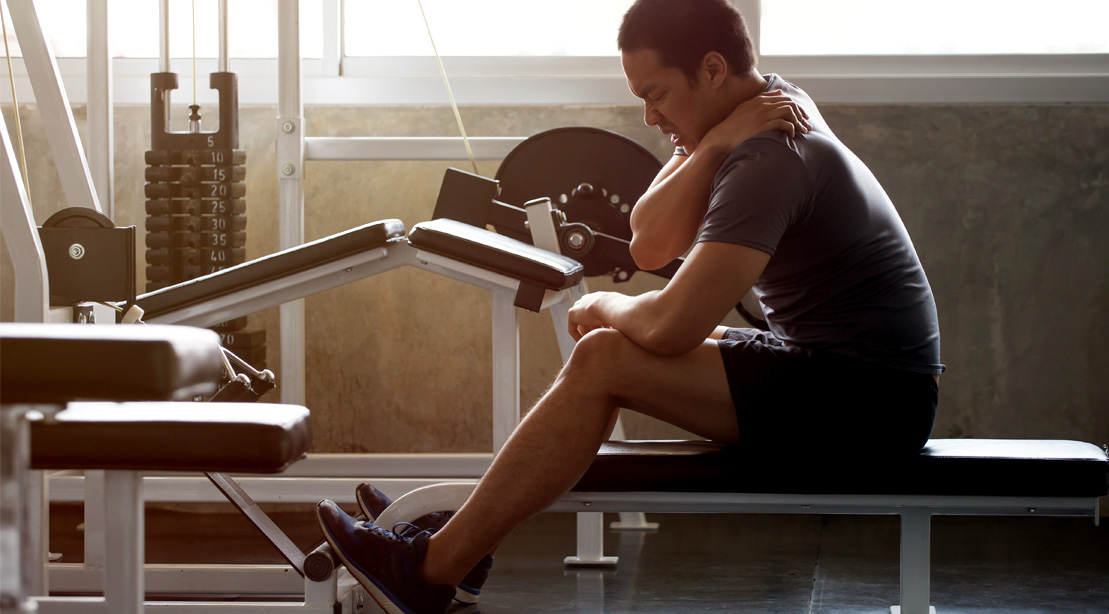
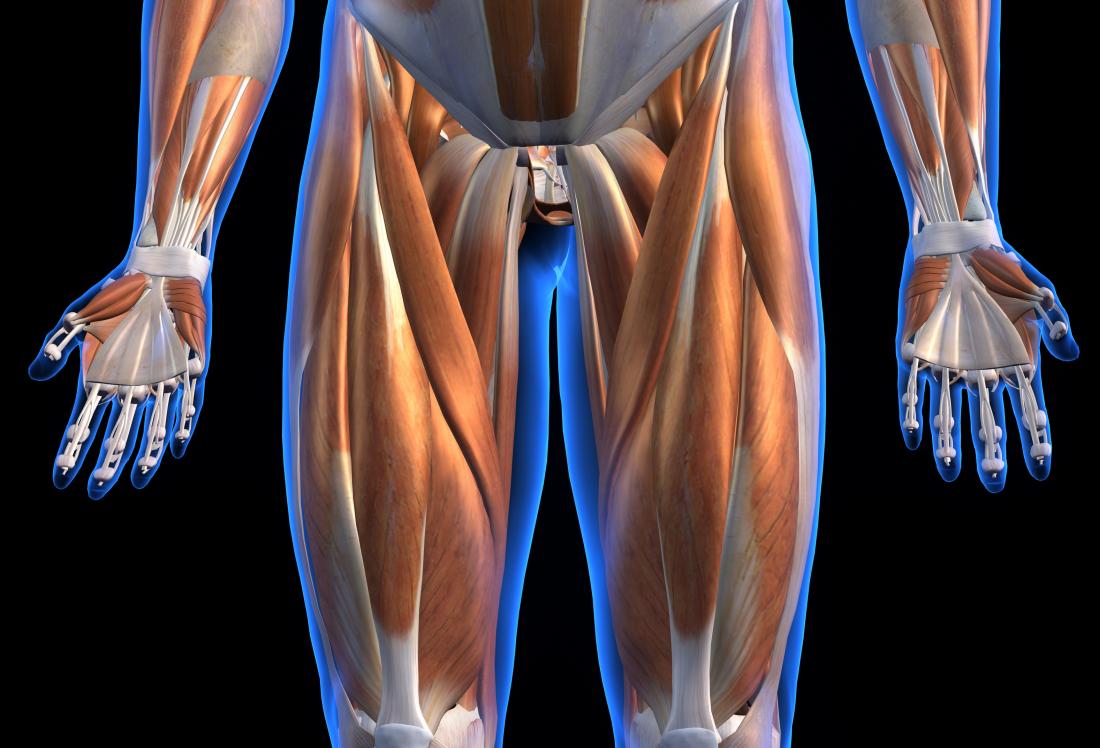
.jpg?width=300&name=Recognize%20the%208%20Early%20Signs%20of%20a%20Pulled%20Back%20Muscle%20(1).jpg)
